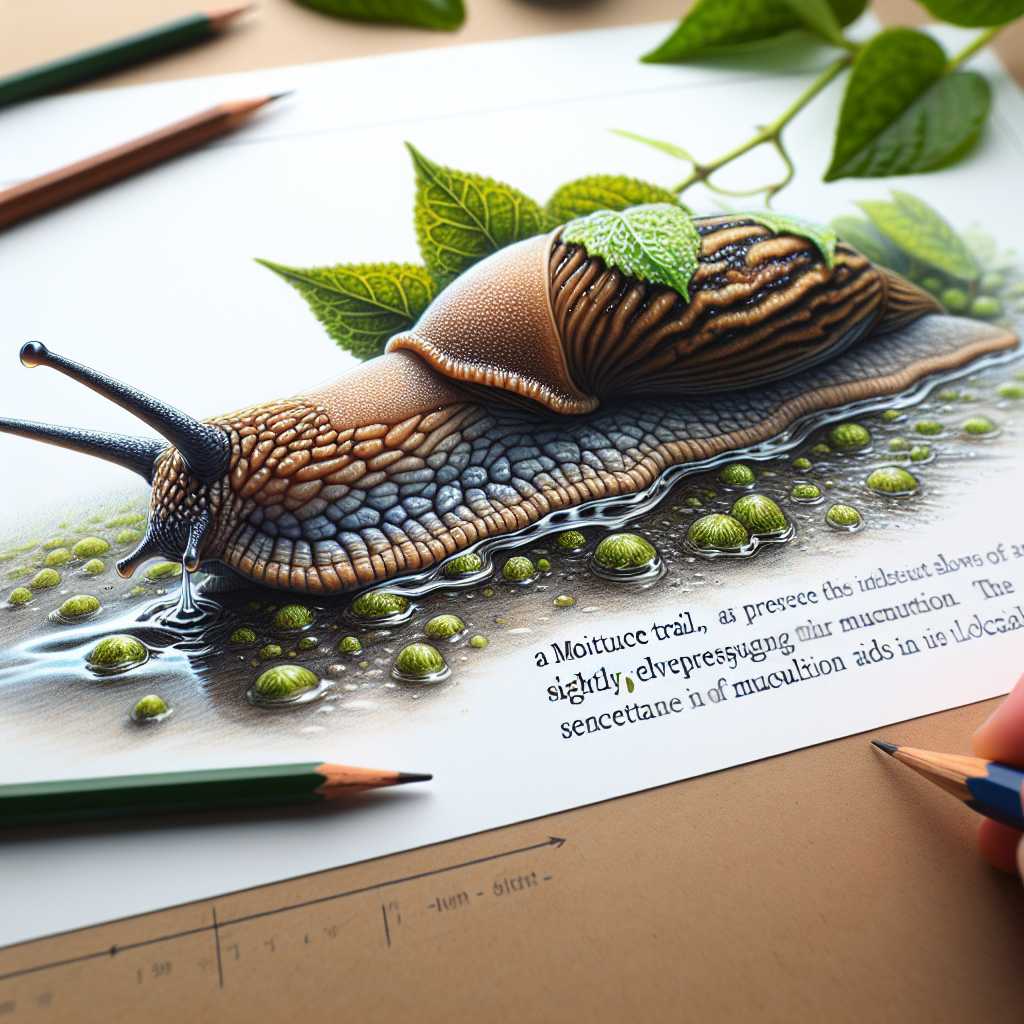Understanding the Biology and Habits of Slugs
Slugs are fascinating creatures that play an intricate role in ecosystems. These gastropods, known for their soft bodies and lack of a shell unlike their snail cousins, have intrigued scientists and nature enthusiasts for years. Understanding slugs involves delving into their biological traits, life cycles, habitats, and ecology.
Characteristics and Anatomy of Slugs
Slugs are part of the class Gastropoda, which contains both slugs and snails. They are characterized by a soft elongated body that secretes a slimy mucus to aid movement. Unlike snails, most slugs do not have an external shell; instead they may have a rudimentary shell or a hardened area within their body that provides some structural support. The anatomy of a slug is fairly simple but wonderfully adapted to its lifestyle: it includes a head with tentacles – the upper ones bearing eyes at their tips – a muscular foot for locomotion, and a mantle which can cover more or less of their visceral mass. They breathe through an opening called a pneumostome.
Habitat Preferences and Distribution
Slugs can be found across the globe in varied habitats from forests to grasslands and even urban gardens. They prefer moist environments, as their skin must stay wet to facilitate breathing and movement. Humid climates with ample vegetation provide ideal conditions for slugs since they feed primarily on plants, fungi, and decaying organic matter.
The Slug Life Cycle: From Eggs to Maturity
The life cycle of a slug starts when it hatches from an egg. It goes through several developmental stages before becoming sexually mature. Mature slugs lay clusters of eggs in moist soil or under debris to ensure a moisture-rich hatching environment. Their life span varies depending on species and environmental conditions but most live up to one year.
Ecological Importance and the Human Aspect
Despite often being considered pests in gardens and farms due to their plant-eating habits, slugs play significant ecological roles. They act as decomposers, breaking down plant matter and contributing to soil health. Additionally, they serve as food for various predators such as birds, amphibians, and insects.
Humans interact with slugs mostly in agricultural realms where slug populations can cause considerable crop damage. Control methods range from chemical treatments to natural deterrents like copper barriers or predatory nematodes.
Current Research and Conservation Efforts
Scientists continually study slugs to understand their behavior, physiology, and impact on ecosystems. This research informs conservation efforts for endangered species and management strategies for those that are over-abundant.
Challenges and Concerns: Climate Change and Habitat Loss
Climate change poses threats to slug populations through habitat alteration. Increased temperatures can lead to drier conditions unsuitable for many slug species. Moreover, habitat loss due to human activities reduces biodiversity and displaces many native species of slugs.
Potential Benefits: Medical and Scientific Research
The lowly slug has also made contributions to science beyond ecosystem management. Certain components of slug mucus have been studied for potential uses in medical adhesives and treatments due to its unique properties.
